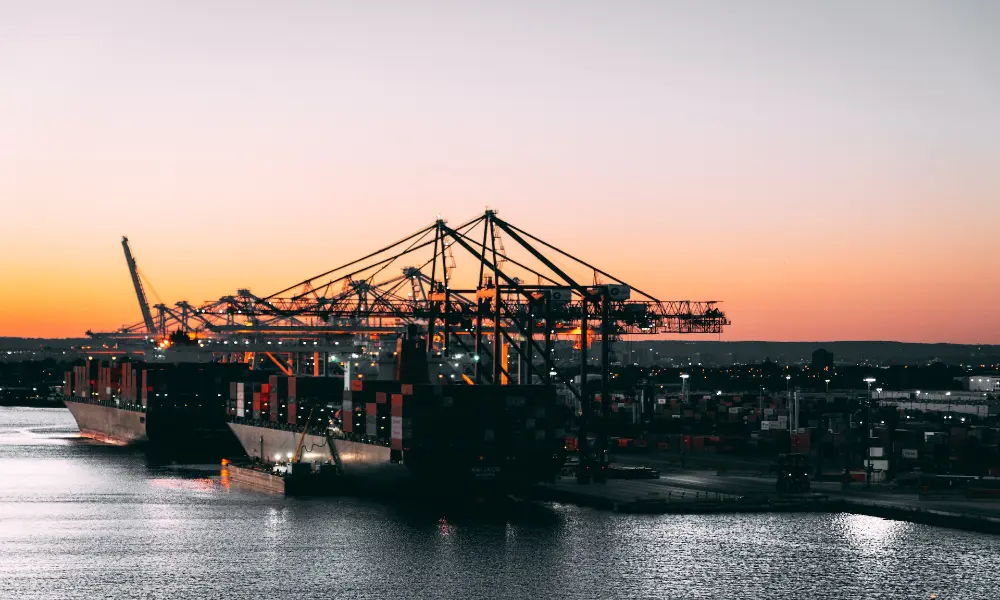The blueprint for revolutionizing Australia’s maritime industry, enumerated in the report from the Independent Taskforce on the Strategic Fleet, signals a deep commitment of the Australian Government to advancing its maritime workforce and sovereign capability.
Capitalizing on Maritime Potential
Australia’s maritime potential has long remained underutilized, given the paucity of Australian flagged ships and a skilled workforce, according to Catherine King, Federal Minister for Infrastructure, Transport, Regional Development, and Local Government. The awaited Strategic Fleet, as the Taskforce projects, will invigorate Australia’s capacity for independent crisis management and emergency responses, thereby reducing the nation’s dependency on international shipping, and ensuring the supply of vital goods to impacted regions.
The government has cast its nod of approval on twelve out of the sixteen recommendations detailed in the Taskforce report, while it pledged to further consider the remaining four.
Towards a Robust Maritime Architecture
The Taskforce advocates for addressing the cost difference existing between Australian and overseas vessels by extending shipping tax incentives in line with global norms and offering financial assistance to Australian ship owners and operators.
The proposed strategic fleet envisages the inclusion of geared ship crane-equipped container vessels for autonomous operations and multipurpose vessels for handling a variety of cargoes. The government will aim for a maritime fleet equipped with diverse capabilities to tackle varying circumstances.
Ensuring Funding and Implementing Productive Strategies
The Taskforce’s endorsement of a levy on vessel arrivals as a funding mechanism for the strategic fleet is noted by the government, which will further consider this option.
The Taskforce underscores the imperative of registering strategic fleet vessels on the Australian General Shipping Register and reviewing the Australian International Ship Register to make it more appealing for vessels’ registration.
Tethering the Coastal Trading Act 2012 to the principles of the strategic fleet will ensure seamless implementation, a viewpoint put forward by the Taskforce.
Enhancing Workforce Skills and Compliance
To ensure due payment of Seagoing Industry Award 2020 Schedule A Wages on foreign vessels operating under Temporary License, the Taskforce recommends increased funding for the Fair Work Ombudsman.
It further emphasizes the urgent need for the Transport and Logistics Jobs and Skills Council to expedite the Maritime Workforce Development Plan and collaboratively work with governmental agencies and industry to make the maritime training program more effective.
Nurturing Future Maritime Professionals
Suggestions for implementing a training levy on maritime industry participants, establishing a cadetship, and mandating the offering of training berths on each strategic fleet vessel embolden the strategy to constantly maintain a skilled maritime workforce.
Reinforcing the Civilian and Maritime Defence Connections
Creating a synergy between civilian mariner institutions and Defence training and qualifications and re-establishing the Australian Maritime Defence Council can ensure a harmonious exchange between the Navy and the commercial sector.
The suggestion to increase migration for STCW-qualified seafarers until a steady supply of skilled Australian seafarers is established is another notable inclusion in the Taskforce’s recommendation list.
Finally, the Taskforce encourages a comprehensive review of the implemented recommendations a year after the first strategic fleet vessels are put into service with government assistance.
The establishment of a Strategic Fleet, in essence, is an investment in resilience, national security, and economic sovereignty, a strategic move that will ensure the seamless flow of cargo in times of crisis.



